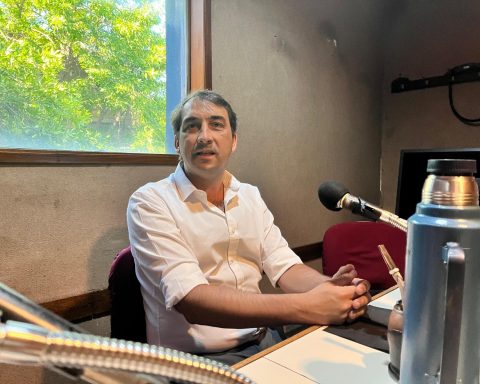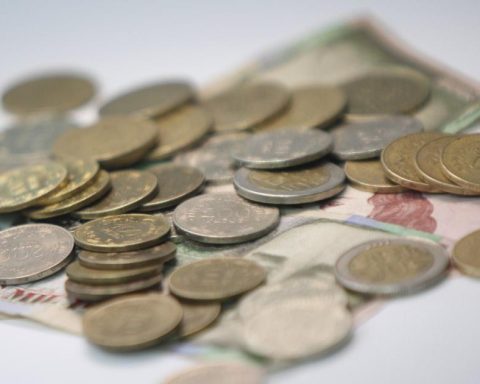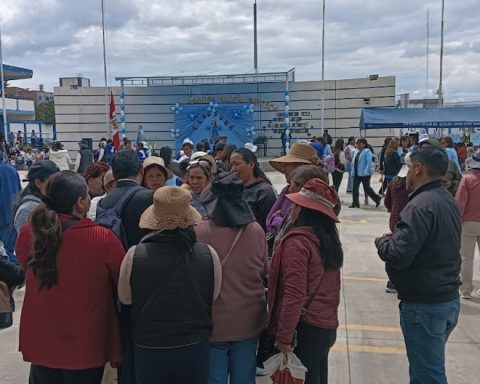The Gini index decreased slightly to 0.386 in 2021 —from 0.387 the previous year—, which indicates a slightly more equal distribution of income of the Uruguayan population. The indicator is a measure of income inequality, where values close to 1 indicate more concentration and those closer to 0 indicate greater equality.
In 2019, before the pandemic, the figure was at a slightly better level, of 0.383. Although in the last decade the index did not have major changes, last year’s data is among the highest, below 2020 and equal to 2015.
The departments with the most equal income were Flores, San Jose and Florida, while the most unequal in the map of the National Institute of Statistics (INE) were Montevideo, Canelones, Paysandú and Rocha.
Montevideo, Canelones and Paysandú correspond to the only departments where the Yes was imposed over the No in the referendum against 135 articles of the LUC, according to data from the Electoral Court.
According to the report published by the INE, the poverty gap also narrowed from 1.9% to 1.7%. “A lower estimate of this indicator compared to 2020 implies that poor households need, on average, a lower level of income to reach their poverty line,” the agency said. In 2019 it was 1.3%.
In addition, the severity of poverty in 2021 fell to 0.6% 0.7% a year earlier, although in 2019 it was 0.5%. The INE explained that “the reduction of this indicator accounts for a greater homogeneity of income within the population below the poverty line.”
On the other hand, the only figure that slightly worsened in terms of equity was the tenth/first decile ratiowhich indicates how many times more the income of the richest 10% represents compared to the poorest 10% of the population. In 2021 the figure was 11.5, compared to 11.4 in 2020 and 11.1 before the pandemic.
Employment and poverty
The year 2021 closed with 87 thousand jobs more than in the same month of the previous year, according to the survey published by the INE in February. In the average of the year, there were 49 thousand employed above 2020.
During the first half of last year, Uruguay also achieved a improvement in poverty and indigence rates, after the shock of the pandemic. Poverty was reduced to 10.2% of the population, with a decrease of more than 1 point compared to the end of 2020 (11.6%). That reduction of 1.4 points is equivalent to about 50 thousand poor less than the end of the previous year, according to the INE survey.
Next Wednesday the 30th, the INE will disclose the poverty data for the second semester that will complete the panorama of last year. The chief economist of the CED, Agustín Iturralde, stated last week that with the new number a decline will be noted.

















